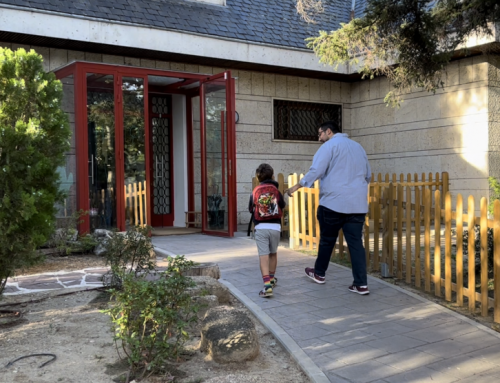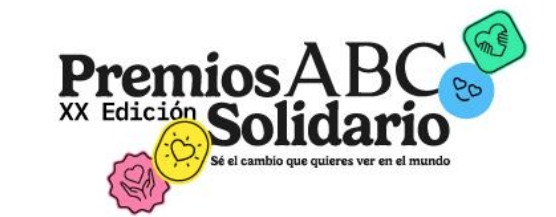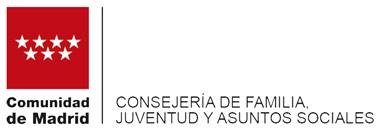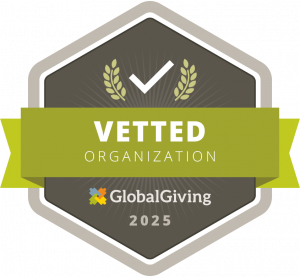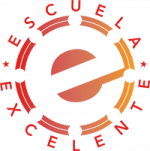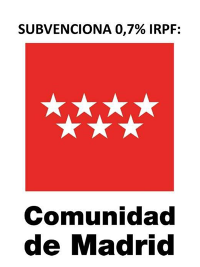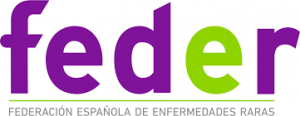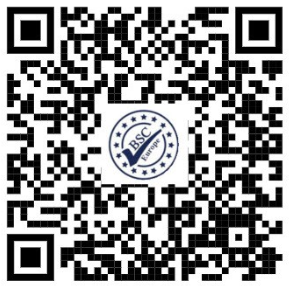[vc_row][vc_column width=»2/3″][vc_column_text]Teo Cochrane
Psicólogo con experiencia en la enseñanza.
[/vc_column_text][/vc_column][vc_column width=»1/3″][/vc_column][/vc_row][vc_row][vc_column width=»2/3″][vc_column_text]
Buenos días Epilepsia
Dolor de lengua y mandíbula y uñas afiladas rasgando mis palmas…
Me encanta la comida, cocinar y comer. Así que cuando mi lengua está herida y me duele al comer, es una de las peores partes de mis convulsiones.
Hace poco mi novia, sabiendo que me gusta la comida picante y el curry, se pasó todo el día preparando Chili y curry picante para sorprenderme. Claro que no sabía que me había mordido la lengua, y bastante, la noche anterior. Estaba tan entusiasmada con este festival culinario que organizó después de comprar ingredientes especiales, que no tuve valor de decirle lo mucho que me dolía la boca. Asique ignoré el dolor y traté de centrarme en el sabor en lugar del chili. Después de la lengua mordida llega el dolor de mandíbula de apretar fuerte al dormir. Estas son las convulsiones más fuertes mientras estoy dormido. Hay otras, más ligeras, que suelen ocurrir en otras fases del sueño no REM.
Para que os hagáis una idea, el sueño se divide en 5 etapas diferentes. Éstas consisten en las etapas no-REM 1, 2, 3 y 4, y la fase REM (movimientos oculares rápidos. Rapid Eyes Movements) que es la quinta etapa. La etapa 1 es cuando comienzas a sentir somnolencia y entras en sueño ligero – etapa 2. La etapa 3 & 4 son de sueño profundo y la etapa 5 es sueño profundo REM. Es la etapa activa, cuando soñamos. En esta etapa, el flujo sanguíneo, la respiración y la actividad cerebral aumentan y es similar a cuando estamos despiertos. La diferencia es el estado como de “parálisis” de los músculos.
El ciclo entero del sueño sucede entre 3 y 4 veces por noche. Primero somnolencia, sueño ligero, luego profundo y luego fase REM. Este paso de una etapa a otra, se cree, es lo que hace que se produzcan diferentes crisis, ya que aparecen cambios en las ondas cerebrales.
Volviendo a mis crisis, hay algunas precauciones que suelo tener para limitar el daño. Una de ellas es utilizar un protector bucal y mantener un horario de sueño fijo. También tengo alfombras al estilo tatamis de espuma en el suelo alrededor de mi cama y, por supuesto, una cama King-size.
Otra precaución importante es cortarme las uñas y mantenerlas cortas, ya que muchas veces durante una convulsión me apreto las manos y las uñas suelen clavarse en mis palmas.
Imaginaros que, entre los cortes y el sudor que suele acompañar a las crisis, hacen que sea una experiencia realmente desagradable. Pero como siempre intento ver el lado positivo de cada situación – y si no lo hay me lo invento, me recuerdo bromeando con estas experiencias.
Una muy Buena, con mi “Nonna” y mi tía, ambas muy católicas, ¡y yo diciéndoles “mirar! Tengo los estigmas. ¡Soy Jesús!». Por supuesto ninguna de las dos veía mi broma como Graciosa, pero a mí me permitía reírme de mi mismo hasta que limpiaba mis heridas.
Como veis cada nubarrón tiene una cubierta de luz, solo hay que encontrarlo y seguir luchando contra la interminable batalla. Las pequeñas cosas ayudan a sumar.

Good morning epilepsy
Tongue biting & jaw pain & sharp nails cutting into my palms…
I love food and cooking and eating. So, when my tongue is a mess and it hurts, eating is one of the worst parts of my seizures.
Recently my girlfriend, knowing that I like spicy food like curry, had spent all day preparing chili and spicy curry to surprise me. She didn’t know that I had bitten my tongue quite badly the night before. She was excited about this feast that she had made after buying special ingredients, that I didn’t have the heart to tell her how much my mouth was hurting. I ignored the pain and tried to focus on the flavor instead of the chili.
With the tongue biting comes jaw pain from clenching down hard during my sleep. These seizures are more severe and strangely also the ones I sleep through. My other nocturnal seizures are lighter and happen when I’m in a state of light non-REM sleep.
For your information, I´ll explain that sleep is divided into 5 different stages. These consist of non-REM stages 1,2,3 and 4, and REM (Rapid Eye Movement) sleep which is stage 5. Stage 1 is when you start to get drowsy and slip into stage 2 light sleep. Stage 3 & 4 are deep sleep and 5 is active REM deep sleep when you dream. Blood flow, breathing and brain activity increase and it is similar to when you are awake. The difference is the paralysis-like state your muscles go into. The whole sleep cycle happens roughly 3-4 times per night. Drowsiness to light sleep to deep to REM. And slipping from one stage into another is thought to cause nocturnal seizures as changes occur in the brain waves.
Let´s continue with my sleep. Some precautions I take to limit the damage I take during my seizures include wearing a mouth guard and keeping a steady sleep schedule or bed-time. I also have foam tatami mats on the floor around my king-size bed.
I also have to remember to cut my finger nails because many times during a seizure I’ve squeezed my nails into my palms and have woken up with bleeding hands. Between the cuts and the sweat seeping in this is all in all an extremely unpleasant experience. But as I always say, you have to see the positive side of every situation and if there isn’t one you create one. I remember joking around saying to my very catholic nonna and aunt “look, I have the stigmata. I’m Jesus”. Neither of them thought it was funny but I had a laugh just before cleaning up my wounds.
Every cloud has a silver lining…you just have to find it and keep on fighting the never-ending battle. The little things that help add up.
To finish my post today, I´d like to mention an App called “Brainwave” which combines binaural tones with relaxing ambient music, soothing nature sounds, which can help you relax and sleep. Check it out!
¿Te ha gustado el post?
Entonces :
[mk_divider style=»single» divider_color=»#015345″ divider_width=»full_width» margin_top=»10″ margin_bottom=»20″]
[/vc_column_text][/vc_column][vc_column width=»1/3″][/vc_column][/vc_row]





